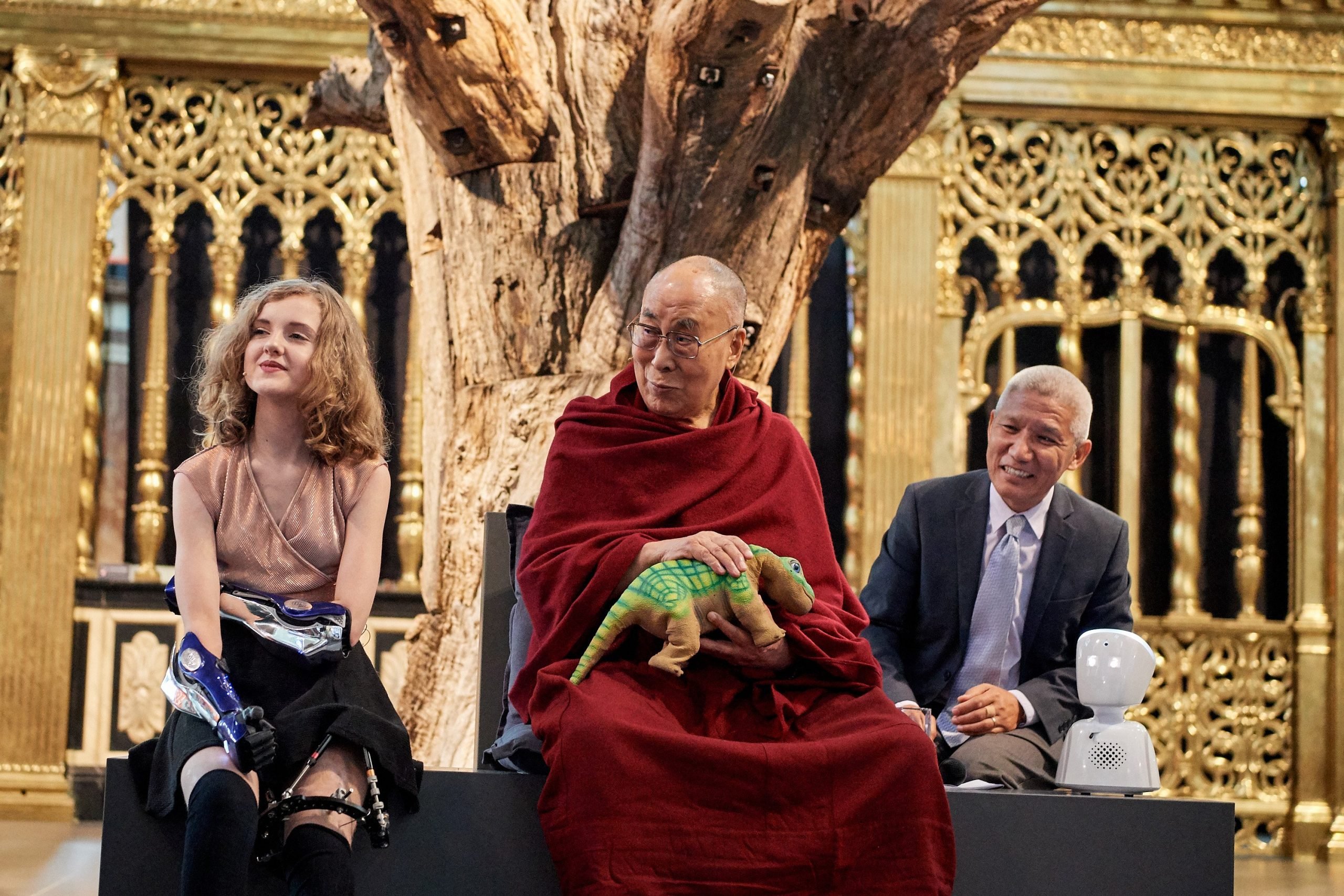
World Economic Forum (WEF) asked a group of international technology experts to identify this year’s Top 10 Emerging Technologies. After soliciting nominations from additional experts around the globe, the group evaluated dozens of proposals according to a number of criteria. Do the suggested technologies have the potential to provide major benefits to societies and economies? Could they alter established ways of doing things? Are they likely to make significant inroads in the next several years? “Technologies that are emerging today will soon be shaping the world tomorrow and well into the future – with impacts to economies and to society at large”, said Mariette DiChristina, Editor-in-Chief of Scientific American, and chair of the Emerging Technologies Steering Committee. In our constant lookout for the origins of innovation, IO will present WEF’s top-10 emerging technologies day-by-day. Today: social robots.
After part 10 has been published, the whole series can be found here
Innovation Origins writes about robots on a regular basis. Robots to perform rescue operations, to play football, to clean solar panels, to organise the logistics, to assist in surgery, to create fashion, to serve drinks and whatnot. We are also critical about hypes, but most of all, we are looking for opportunities. This is especially true when robots are devised to be social: that’s when the Hubot enters our world. They are designed to engage with people and elicit an emotional connection. According to WEF, the field of social robots seems to have reached a tipping point, “with bots having greater interactive capabilities and performing more useful tasks than ever before”.
Like most robots, social robots use artificial intelligence (AI) to decide how to act on information received through cameras and other sensors. Advances in AI have enabled designers to translate psychological and neuroscientific insights into algorithms that allow robots to recognize voices, faces and emotions, interpret speech and gestures, respond appropriately, make eye contact, speak conversationally, and adapt to people’s needs by learning from feedback, rewards and criticisms.

In consequence, social robots are filling an ever-expanding variety of roles, WEF concludes. The examples are abundant. A more than a meter tall humanoid called Pepper (from SoftBank Robotics), for instance, recognizes faces and basic human emotions and engages in conversations via a touch screen in its “chest”. About 15,000 Peppers worldwide perform services such as hotel check-ins, airport customer service, shopping assistance and fast-food checkout. Temi (from Temi USA) and Loomo (Segway Robotics) are the next generations of personal assistants, providing a new level of functionality. Loomo, for instance, is not only a companion but also can transform on command into a scooter for transport.
TU Eindhoven’s social robot HERO won the 2019 world title by performing ‘challenges’ like “Find Josja in the living room” and “Take out the garbage”. Such tasks may seem simple, but there are still many challenges for robots. Not only does it need to make a digital map of the space, but the robot also needs to understand the task well, be able to recognize objects such as benches and cans, and finally, he needs to devise optimal strategies for different tasks.
Social robots have particular appeal for assisting the world’s growing elderly population. The PARO Therapeutic Robot (developed by Japan’s National Institute of Advanced Industrial Science and Technology), which looks like a cuddly baby seal, is meant to stimulate and reduce stress for those with Alzheimer’s disease and other patients in care facilities. It responds to its name by moving its head and it cries for petting. Mabu (Catalia Health) engages patients, particularly the elderly, as a wellness aide, reminding them to take walks and medication and to call family members. Social robots are also gaining traction with consumers as toys. Early attempts to incorporate social behaviour in toys, such as Hasbro’s Baby Alive and Sony’s AIBO robotic dog, had limited success. But both are resurging and the most recent version of AIBO has a sophisticated voice and gesture recognition can be taught tricks and develops new behaviours based on previous interactions.
According to WEF, worldwide sales of consumer robots reached an estimated $5.6 billion in 2018 and the market is expected to grow to $19 billion by the end of 2025, with more than 65 million robots sold a year. “This trend may seem surprising given that multiple well-funded consumer robot companies, such as Jibo and Anki, have failed. But a wave of robots is lining up to take the place of defunct robots.”
(Most of this article is drawn from the 2019 Top 10 Emerging Technologies report)

